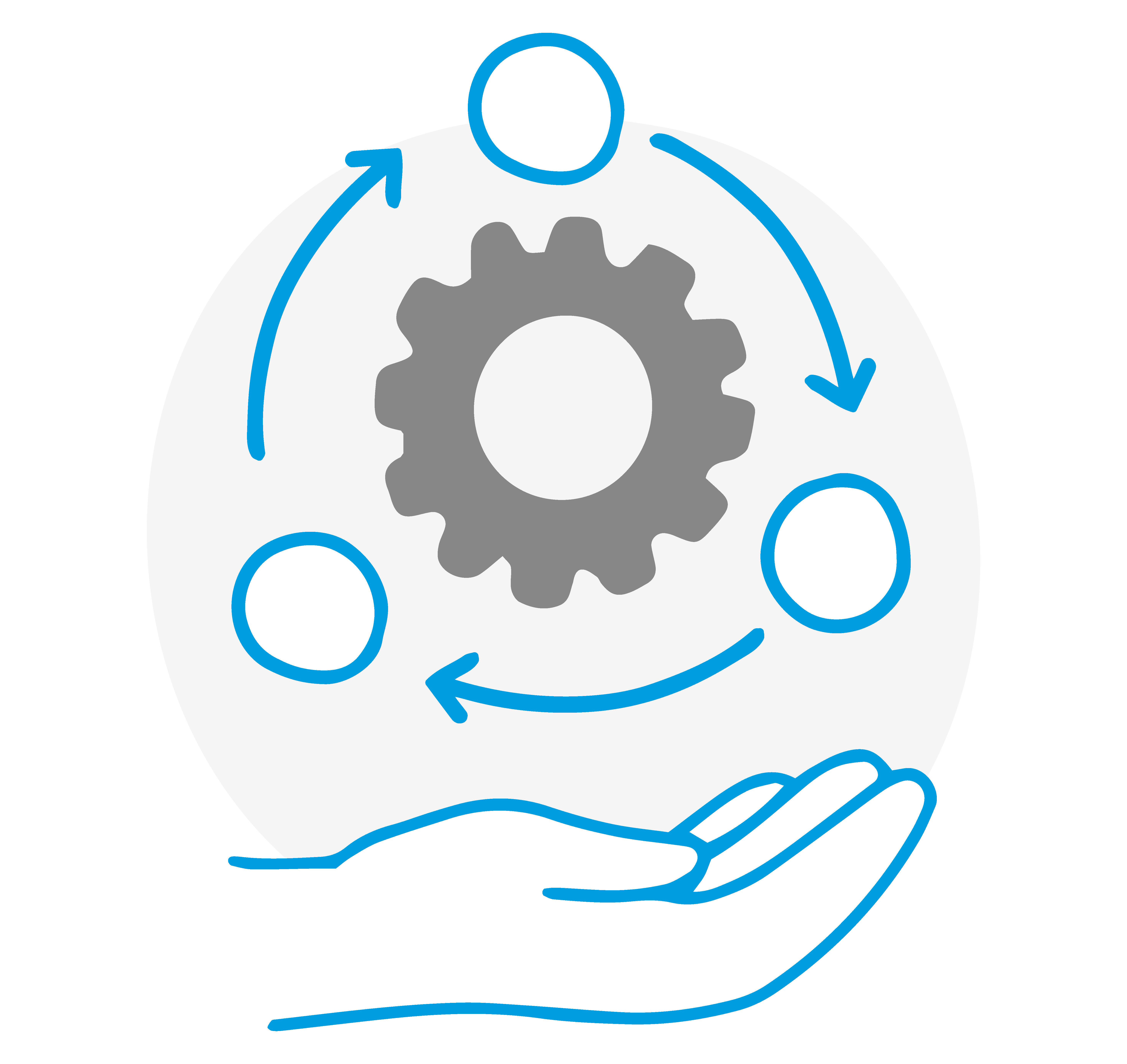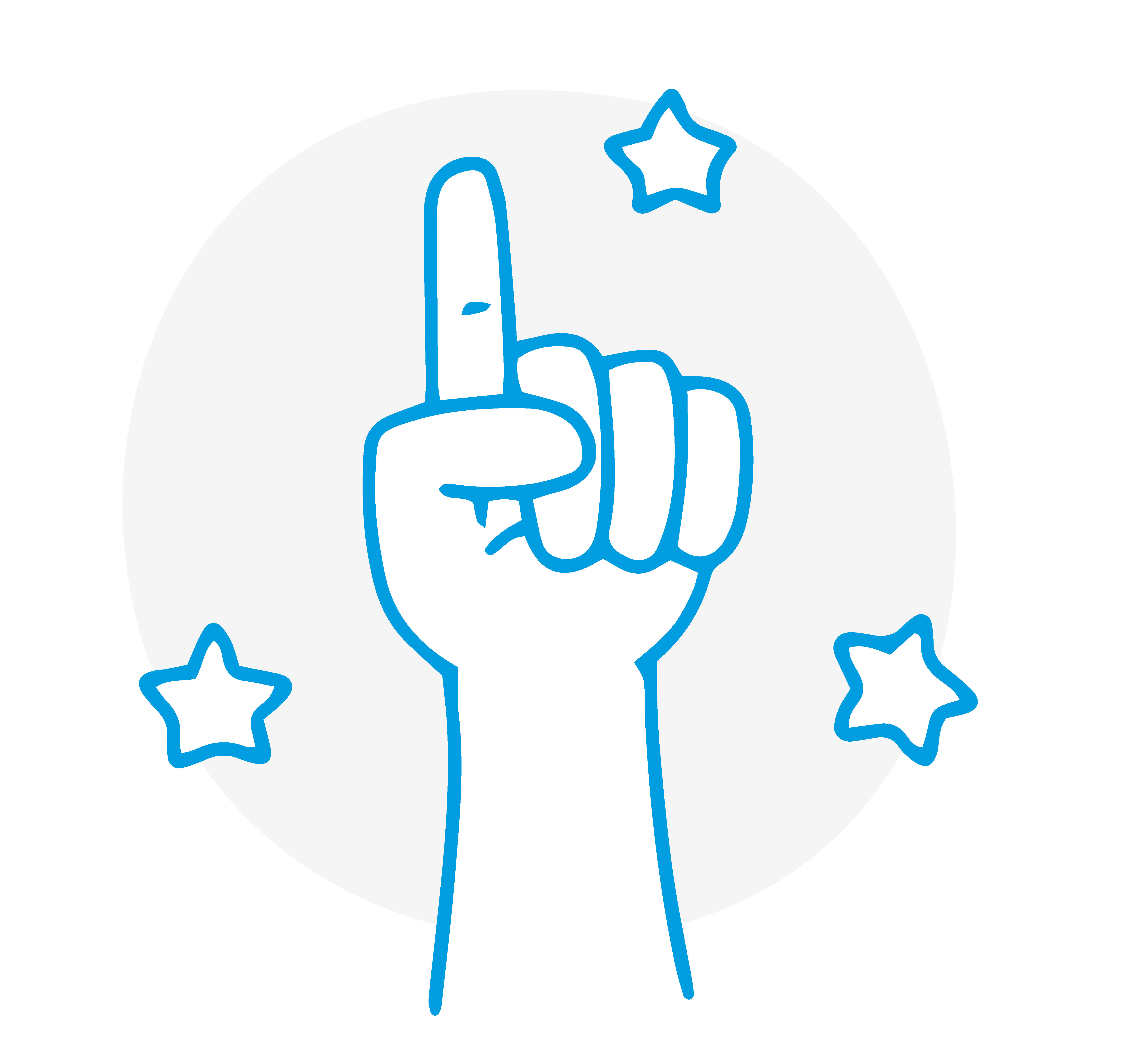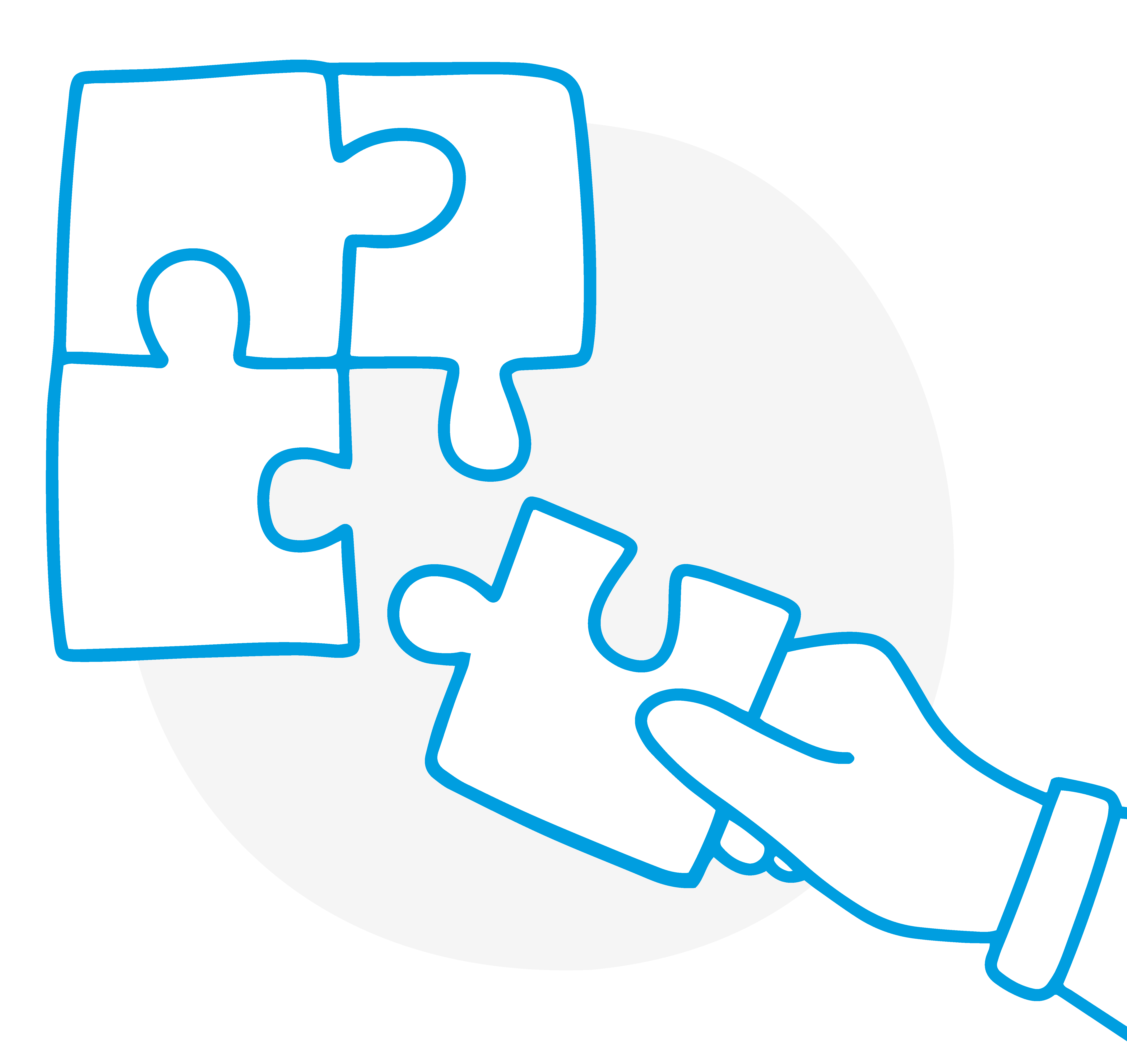Why is coaching important in my company? -EN
Luís Hernández Sánchez
- Business Agility
- Article
When you start in the world of coaching, you realize that each question is relevant and has a different answer, but there is one that always has a huge impact: “What for…?”
By asking what for, we are not focused on the past or the cause-effect relationship, instead, the focus is on the meaning of our actions and our position in the future.
- Why an agile strategic plan? Because now we have no strategic focus, and we are losing customers (past).
- An agile strategic plan, what for? To give the teams a global vision and to win more customers by reducing the time-to-market (future).
So, to answer satisfactorily the question “Why coaching in my company?”, the answer has to be linked to the company’s purpose, its values, and where we want it to be in the future.
The question will only have force, echo, and depth if it is asked not in an ambiguous way, but focused on your company or your reality. So, as a coach, I invite you to slow down your reading for a minute and discover what meaning you want to give it.
5 reasons to incorporate coaching in your company, if you haven’t considered it yet
To support your people in today’s challenges
We live in an environment of constant change, at a pace where the future seems quite uncertain (pandemic, rising prices, recession, inflation, etc). Such a situation requires learning and relearning, adapting to change, increasing knowledge, generating new skills, and driving innovation initiatives.
In these situations, coaching is a great support for your team (especially for managers) by offering them professional aid in the challenges they face, as they are the protagonists of the change.
Thanks to the set of techniques and tools that coaching offers, the team can grow in self-knowledge and self-awareness, find new perspectives on problems, and grow with security and confidence.
Coaches act as sherpas; they accompany you in the ascent of your mountains (challenges), without intervening in the pace or goals, making each mountain, however small it may seem, an acquired learning.
To align individual, team, and company objectives
One of the main challenges in the business environment is to align the mission and vision of the company with the different departments and the actions of the people (key to facing the current challenges). It is a complex process in which people must be involved in the company’s mission.
Unfortunately, on many occasions, the only thing that is done is to send an official communication and a PDF with a breakdown of the strategic objectives.
On the other hand, through a process of executive and team coaching, it is possible to get people to reflect on their mission based on the reflection of the global mission.
The result is a global vision that allows orienting actions toward the desired results and impacts.
All this is thanks to the fact that these coaching sessions promote conversations that allow the creation of alliances and agreements among the participants, thus building unity and erasing any mistrust (the first dysfunction of a team, according to Lencini) that may exist.
A more concrete example would be a team coaching session with the objective of co-creating a system of OKRs (individual, departmental, and company). The coach will help people to find a shared mission and define the actions that guide their tasks, without being afraid of conflicts that may exist (the second dysfunction of a team, according to Lencini).
To create a culture of leadership and individual entrepreneurship
One of the biggest impacts that coaching generates in people, is the development of their leadership. While in training or mentoring, the content is taught. In coaching, the same person detects the challenges and goals. From there, they choose actions to achieve those objectives.
The process itself becomes a personal learning training to take on new challenges and propose new solutions, since, at all times, the person is the protagonist learning to detect the objectives, take action and feel capable of doing so.
In this way, leadership and entrepreneurship are incorporated naturally into the person’s mentality (this breaks the third and fourth dysfunction of a team for Lencini, which is the lack of commitment and lack of responsibility).
To boost internal innovation
The coach uses different techniques (visualization, powerful questions, projecting, mirroring) that allow the person to get out of their comfort zone and see new approaches and perspectives, which generates the awareness that there is another way to face a particular challenge.
Thanks to the fact that the person has a space free of judgment in which they can express what is on their mind, they can start a creative dialogue and verbalize ideas that they had not yet elaborated on. It often happens that the coachees’ faces light up because they have found a new idea on their own.
“Creativity is intelligence having fun” -Albert Einstein.
To solve problems holistically
When one faces problems, one usually does so from one’s vision. When you ask questions in coaching, whose focus is to analyze new perspectives, with a more global approach, you will find solutions from a more holistic view.
If we also add the systemic vision, we will understand the systems to which we belong or have the influence to achieve a greater impact with our actions (managing to avoid the fifth dysfunction of a team of the lack of results, according to Lencini).
There are many ways and paths to perform a coaching session. The key lies in what answer you give to the question: “Why coaching in my company?”.
“If you want to go fast, go alone. If you want to go far, go accompanied.” African proverb.





